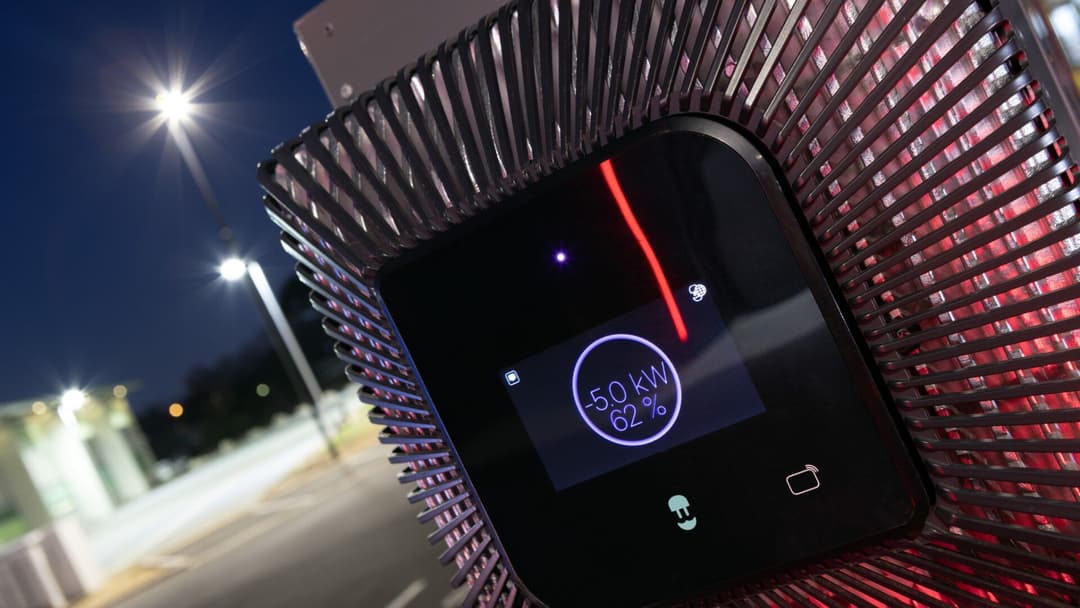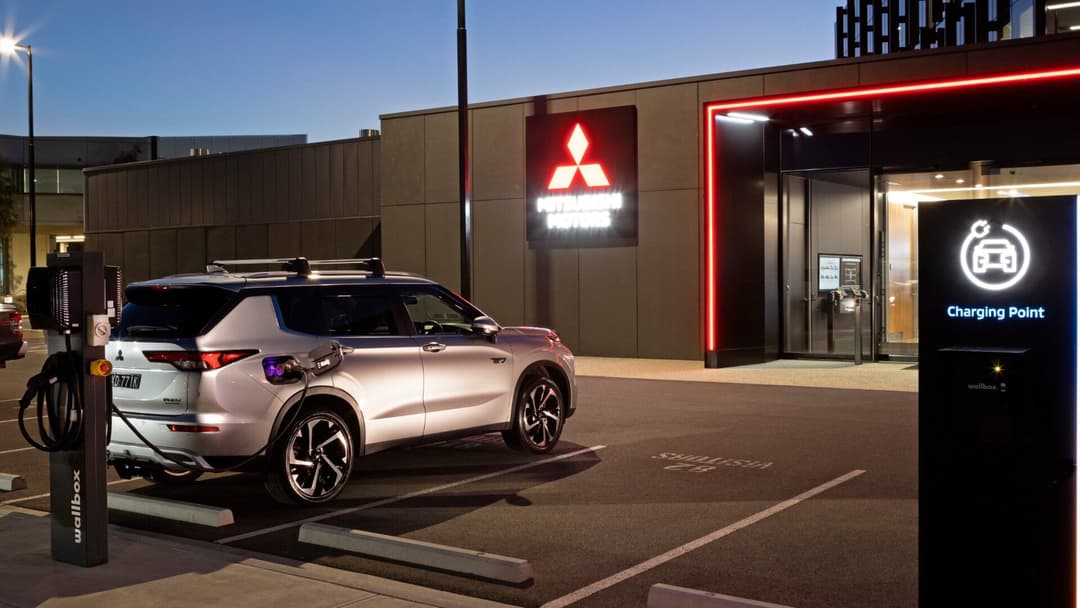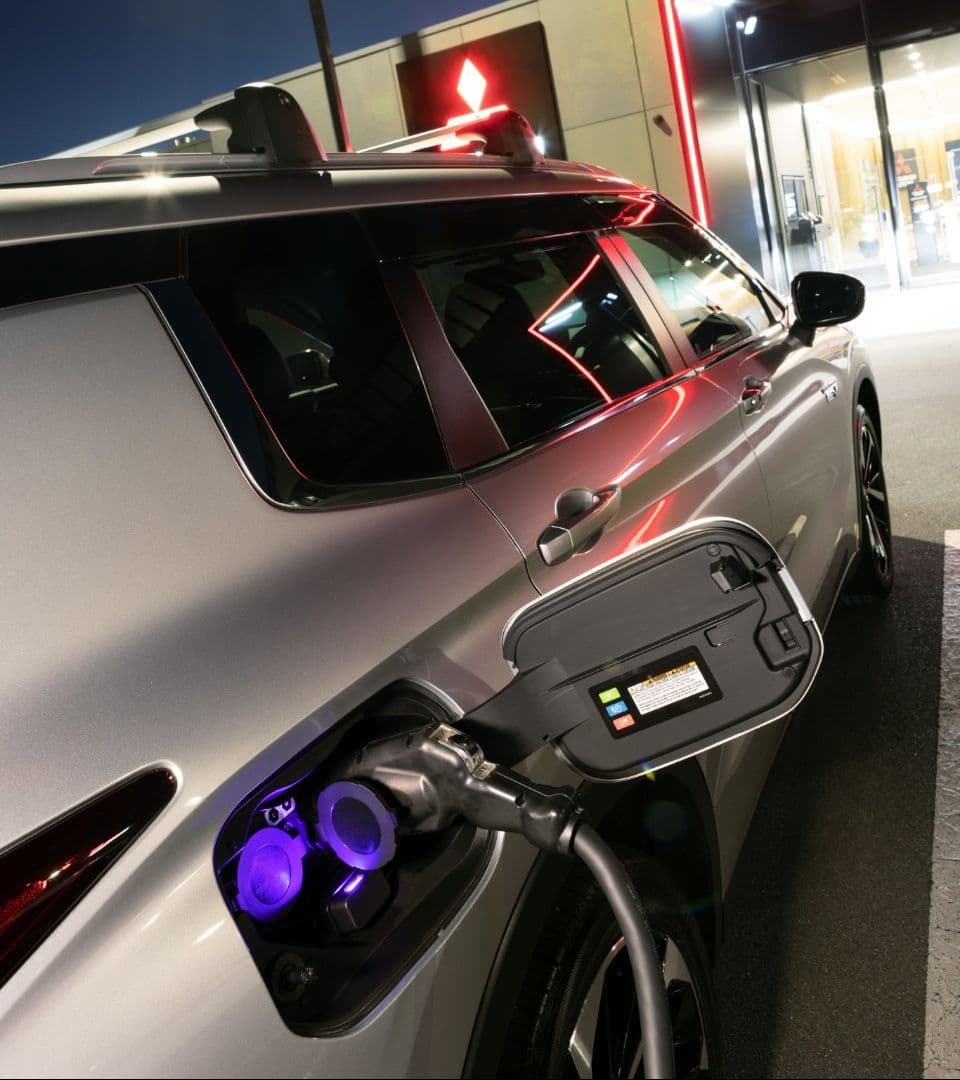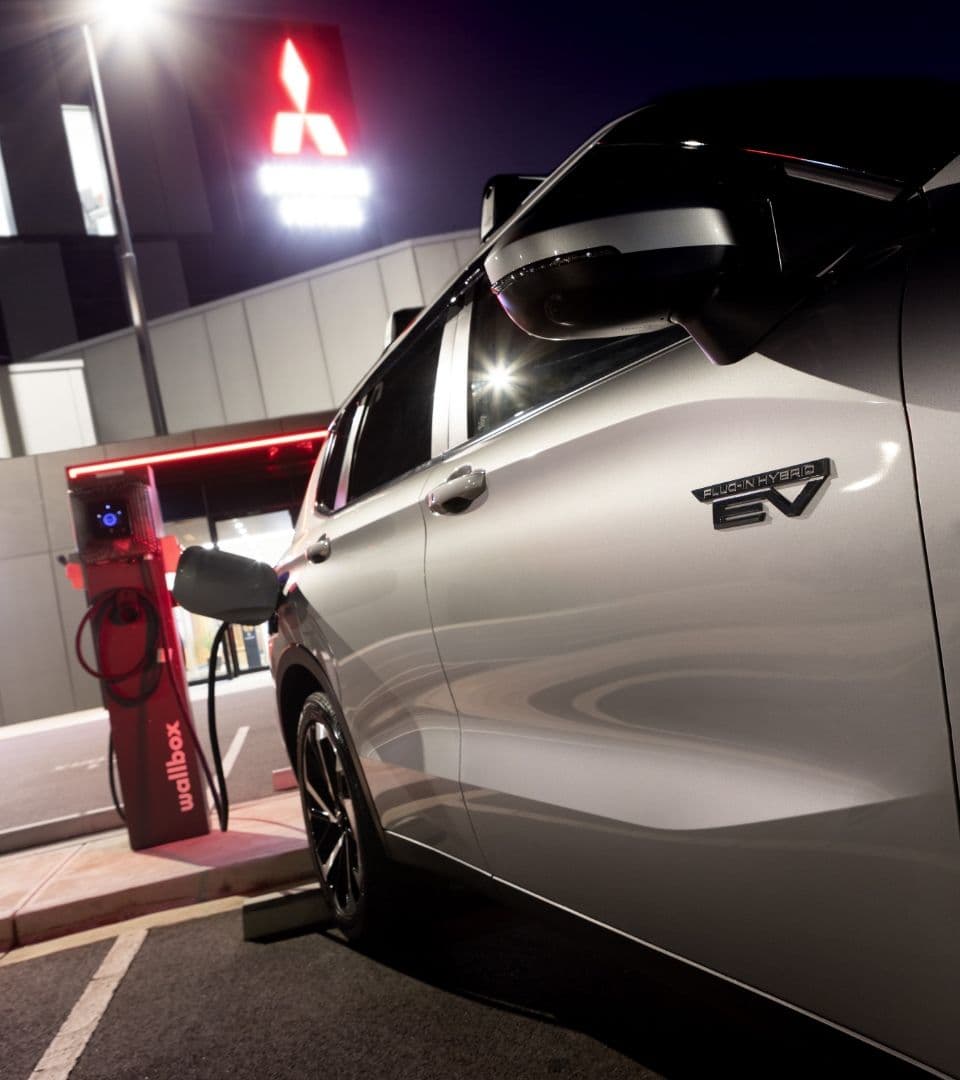
Mitsubishi Motors Australia (MMAL) and JET Charge, a leading Australian EV charging provider, have deployed the first Vehicle to Grid (V2G) bi-directional charging installation for Mitsubishi Outlander PHEVs.
▶️MORE: Which Electric Cars Have Bidirectional Charging (V2L, V2G, V2H)
What is V2G and how does it work?
V2G, or Vehicle-to-Grid, allows electric vehicles (EVs) to share power stored in their batteries with the electricity grid. This is done through a special bi-directional charger that can both send and receive electricity. Currently, the only bidirectional charger approved for use is the Wallbox Quasar in South Australia. The Quasar has also been deployed in various trials across the country, including in the Endeavour Energy network in NSW.

In this project, a Mitsubishi Outlander PHEV was connected to a Quasar Wallbox bi-directional charger at Mitsubishi's Adelaide headquarters. The Outlander PHEV's 20kWh battery was then able to export electricity back to the grid. The Outlander's 20kWh battery capacity equates to the average household energy consumption in Australia.
Mitsubishi Outlander PHEV
The Mitsubishi Outlander PHEV is a compact SUVs which offer V2G, V2H, and V2L through its 20kWh battery pack. Similar to the Nissan Leaf, it uses the CHAdeMO plug to harness energy via V2G/V2H. It is one of a handful of EVs currently on sale that is capable of V2G with a compatible charger.
Benefits of V2G for EV owners
Being able to harness bi-directional charging offers numerous benefits for EV owners, including:
- Earning money: By exporting power back to the grid during peak hours, PHEV owners could potentially earn additional income.
- Supporting renewable energy: V2G can help to integrate more renewable energy sources into the grid, such as solar and wind power.
- Grid stability: V2G can help to stabilize the electricity grid by providing a way to store and release energy when needed.

The future of V2G in Australia
This project, led by Mitsubishi and JET Charge project is a significant step forward for V2G technology in Australia. While V2G has been approved in South Australia Power Networks, the remainder of the electrcity networks are waiting on the finalisation of AS4777.2 before they enable connection of V2G chargers on their networks. 2025 is expected to be the year we may start seeing the first deployments of V2G outside of South Australia.


What about bi-directional charging for home use?
V2G isn't the only application of bi-directional charging. PHEV owners can also use this technology for Vehicle to Home (V2H) applications. V2H allows PHEVs to power homes during outages or to supplement home energy use with cleaner, cheaper electricity stored in the vehicle's battery.
Stay up to date with the latest EV news
- Get the latest news and update
- New EV model releases
- Get money savings-deal
